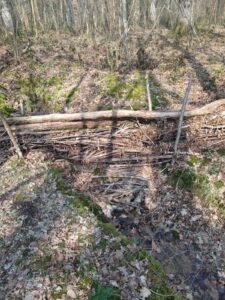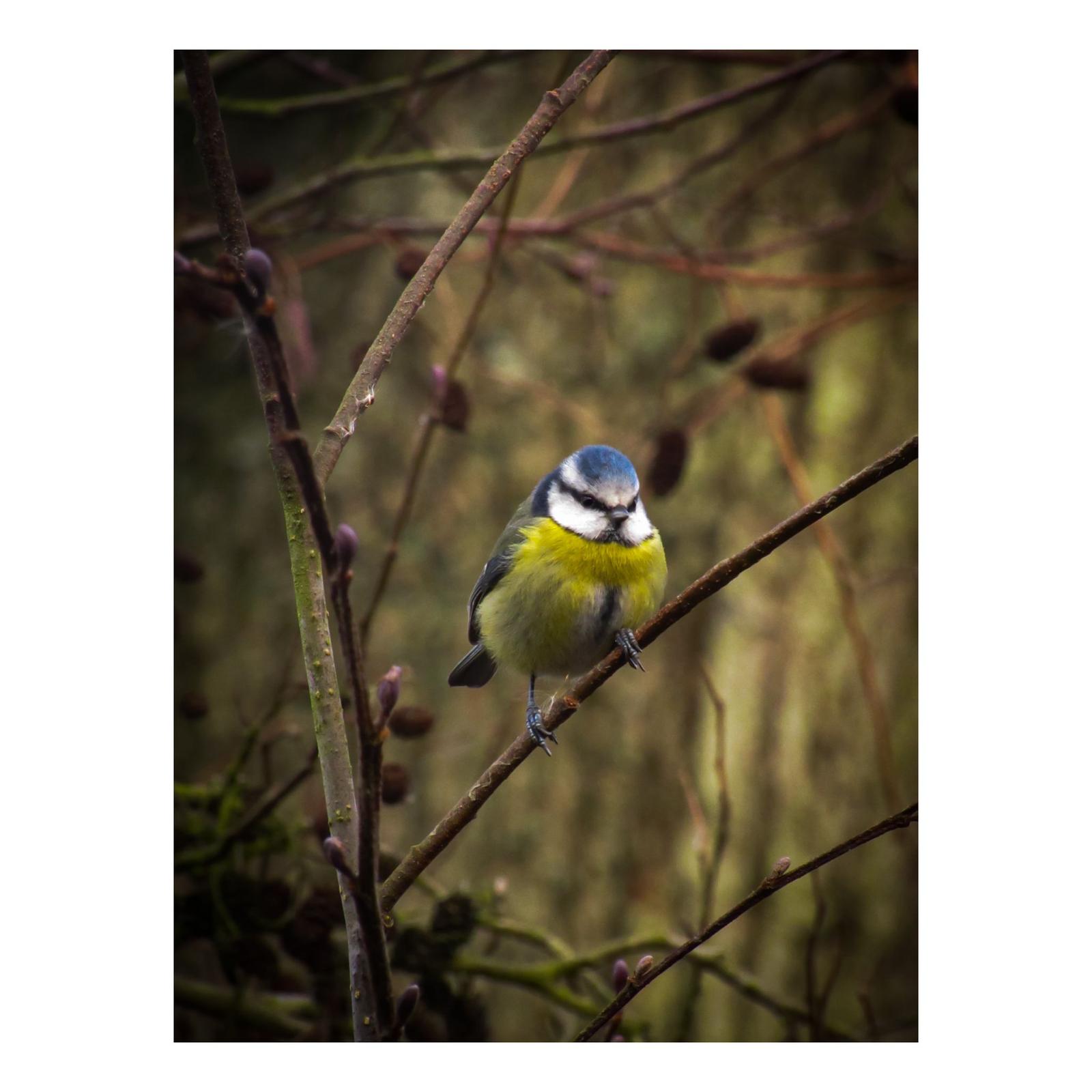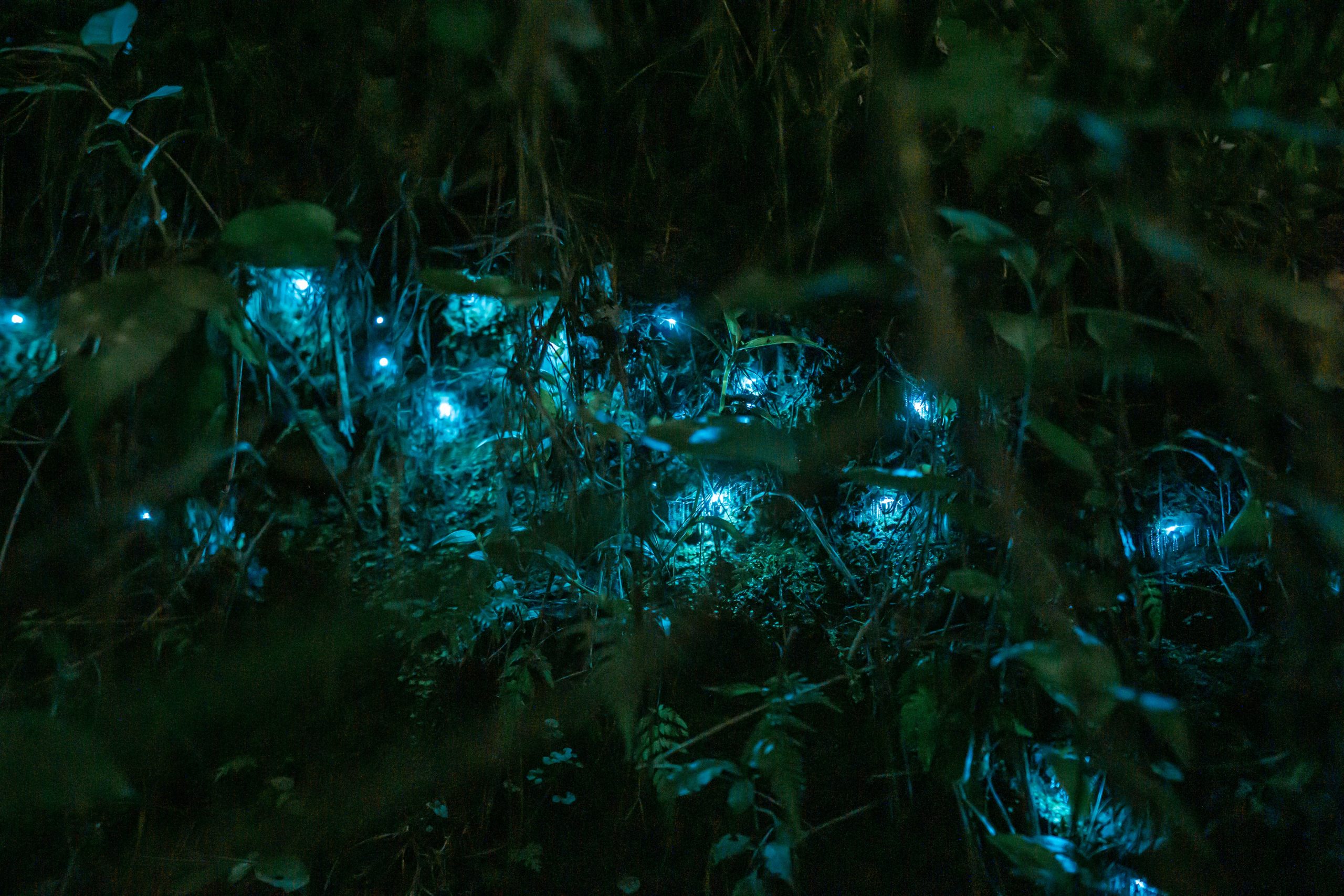 ‘It gave me a strong sense of achievement,’ my 13 year old brother, Thomas Reynolds, tells me with a huge smile, lighting up his face. He is talking about the success of the dams he built last year, which were part of an exciting RSPB volunteering project in Blean woods, established in 2021.
‘It gave me a strong sense of achievement,’ my 13 year old brother, Thomas Reynolds, tells me with a huge smile, lighting up his face. He is talking about the success of the dams he built last year, which were part of an exciting RSPB volunteering project in Blean woods, established in 2021.
The RSPB Blean Woods National Nature Reserve has been managed for the benefit of wildlife for over 40 years. Like many woodland areas historically, Blean was drained by man-made channels, to create ideal conditions for the harvesting of timber.
I asked the wood’s warden, Sam Richardson, to summarise the project: ‘We have started to retain water within the nature reserve to create niche, wet habitats that enhance the woodland ecosystem. This is done by creating wood dams to block drainage channels. These hand-made dams cause water to back up and then divert it out of the channels and into the surrounding woodland to create small pools and damp soils.’
Due to climate change, hotter, drier summers are becoming more common, so the lack of water within the woodland is negatively impacting wildlife. A wetter woodland will increase the plant and insect populations, which creates better habitat for endangered bird species including nightingale and lesser spotted woodpecker.
Richardson says, ‘Our dedicated team of volunteers have been spending the winter months creating wood dams. They do a fantastic job of making RSPB Blean Woods a special and unique place for wildlife.’
My father, Paul Reynolds, also volunteers with the dam building project and tells me that he has noticed that being surrounded by nature and fresh air has had a positive effect on his mental health. This makes sense as according to a 2019 study published in the journal Nature Scientific Reports, ‘People who had two to three hours a week in nature were about 20% more likely to report high overall satisfaction with their lives than those who spent no time outdoors at all.’
My brother tells me that what he enjoys most about the project is feeling fully immersed in nature and away from noisy traffic. Having visited Blean woods myself, I can relate to this feeling. By standing still, surrounded by a canopy of gorgeous green trees, hearing nothing but the rustle of the wind in the leaves and the cheerful cheeps of birds above my head, I am a million miles away from the rings and pings of my mobile phone.
My father says; ‘I would encourage other people to do their bit for nature, however big or small.’ And Thomas adds, proudly, that a poster he made on the dam building project had been shown in assembly.
This gives me hope: with projects such as these, maybe future generations will once again enjoy the song of the iconic nightingale and save our unique ecosystems.
If you would like to know more about conservation activities and ways in which you could help RSPB Blean Woods, please get in touch with the team – blean.woods@rspb.org.uk




0 Comments